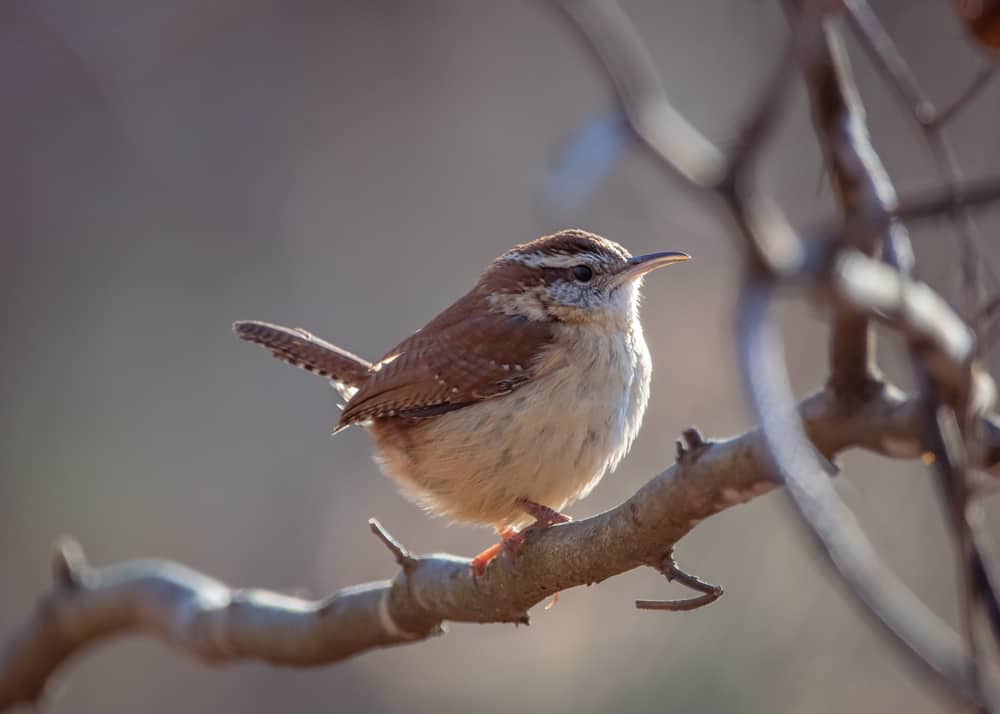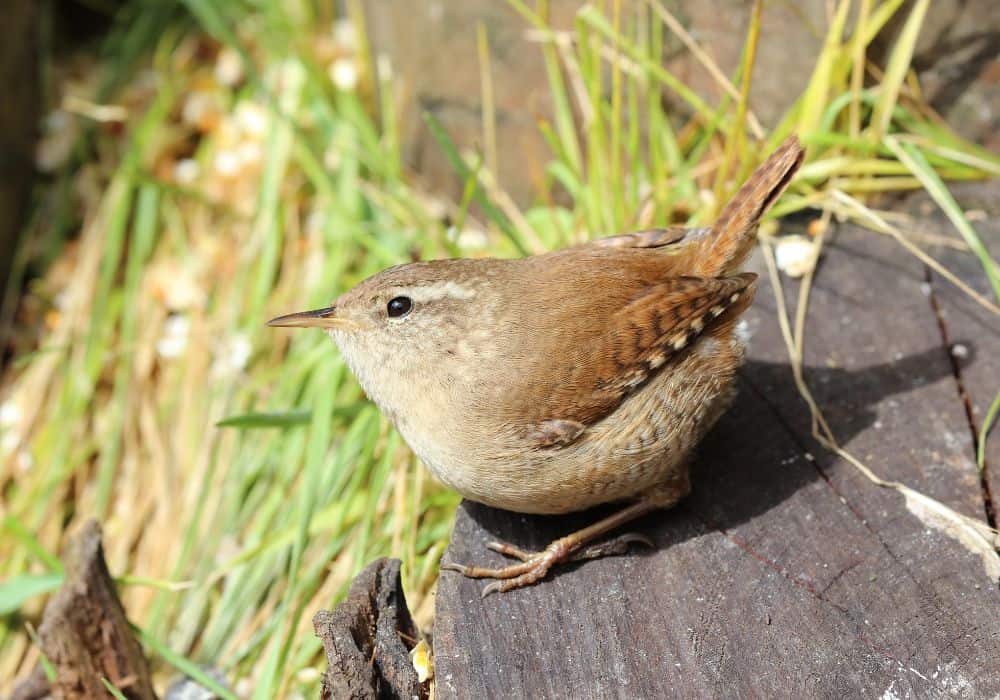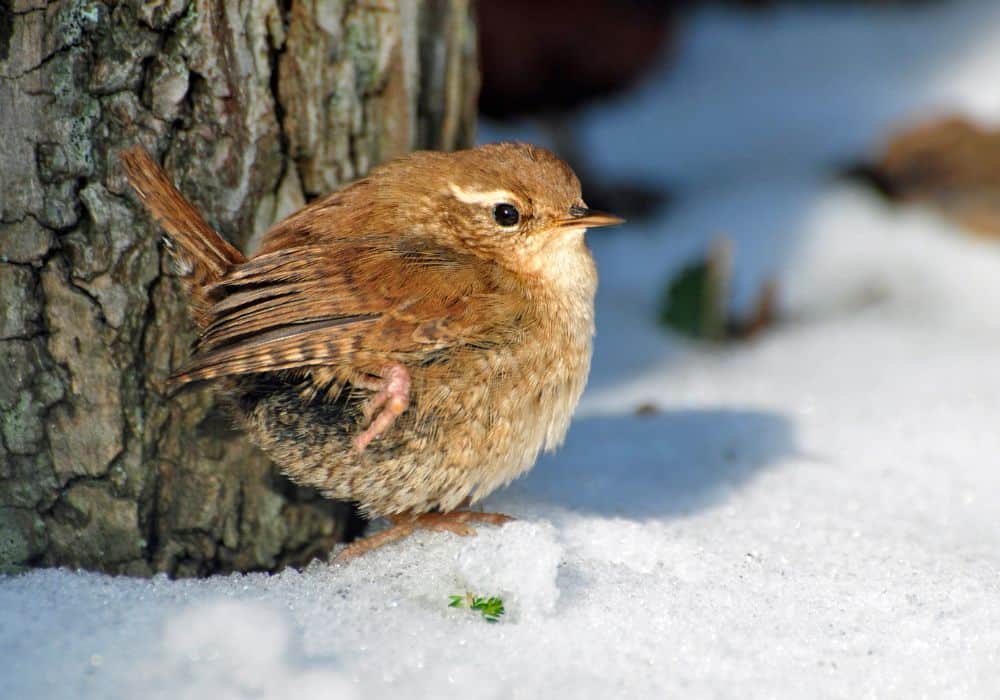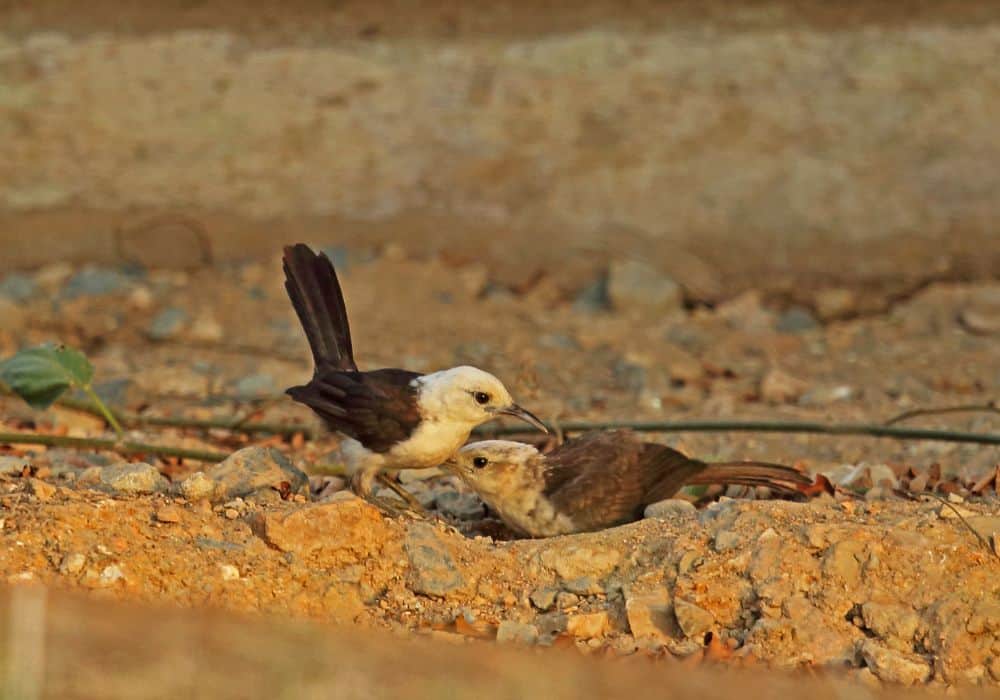Wrens are small, cute, and plump-shaped birds that will surely fascinate you at first appearance. They are popular for singing without holding back. Do you like waking up and sleeping with the beautiful sound of birds? Then you need to get yourself a wren because they have the perfect sense of timing to know when to sing in the morning or dusk.
These small birds are adorable, and lively, and can be amazing to see in the backyard for observers and avid birders. There is no dull moment with these creatures as they are always on the move. Wrens are very inquisitive and can become regular visitors to your home.
With all the amazing qualities of this bird, you might be wondering about how to attract these birds. Wrens visit when they realize that there is food, shelter, water, and a nesting site.
What do wrens eat?
Feeding wrens with the right diet is very important to their general well-being. They’ll pay regular visits to your backyard when they are properly fed. Here are some things you can feed wrens:
- Insects
- Spiders
- Tadpoles
- Berries and fruits
- eggs
- cheese
- oatmeal
- bugs
- Waxworms
- Crickets
- Caterpillars
- Mealworms
- frogs
- moss
- Seeds
- Beetles
Wrens are primarily insectivores and will feed on other healthy diets. Apart from food, wrens also need clean water, especially from many sources. It is important to put their water in a shallow place because wrens have short legs. However, wren’s diets may vary based on the habitat where they are located.
What do baby wrens eat?
Baby wrens need healthy food and shelter to survive. The baby wren’s diet includes small terrestrial insects like crickets, caterpillars, and grasshoppers. They eat food that is high in protein and can boost their digestive system. Such diets include snail shells, peanut suet, peanut hearts, and mealworms.
Baby wrens should be fed every 20 minutes. They can be fed by combining powdered grain mean with high-protein baby cereal, dried beef baby food, and canned puppy pup food. You can feed them with a baby feeder or syringe to make things easier. Baby wrens are fed by their parents for 12-18 days after birth before they are left to feed on their own.
What do different types of wrens eat?
Categorically, wrens have 88 species and are divided into 19 types. The different species differ based on many factors such as feeding and habitat. Here are some of the types of wrens and what they eat:
- Winter wren
Winter wrens are often found in evergreen forests. They feed on different types of insects including spiders, ants, millipedes, and flies. They also feed on vegetation like juniper berries because of their habitat.
- Carolina wren
Thryothorus ludovicianus is the botanical name of this amazing creature. Carolina wrens eat beetles, mealworms, caterpillars, peanuts, snakes, and suets. Like many other species of wrens, this specie also feeds mainly on insects but prefer feeders that supply both suets and peanuts during winter. This is because there won’t be many insects to feed on during his season.
- House wren
They are commonly found in the house. House wrens mostly feed on what they get in the ground and will sometimes fly to pick prey from bark and leaves. They feed on spiders, insects, worms, larvae, and other flying insects they can catch mid-air. You can also attract this specie of wrens into your home with sunflower chips, bark butter, and mealworms.
- Eurasian wren
Eurasian wrens have a wide range and are often found in temperate Asia, North Africa, and Europe.
This specie of wrens eats nectar, berries, fruits, earthworms, spiders, insects, and other invertebrates.
- White-headed wren
White-headed wren is commonly found in North America and they mostly feed on various insects such as ants, grasshoppers, crickets, locusts, beetles, chrysomelids, orthopterans, and tenebrionid.
How do wrens hunt for food?
Wren’s small nature gives them the privilege to go into different places that other birds might not be able to fit in. This also allows them to search for food in various locations. Most wrens hunt for food on the ground. They scout through the underbrush and the leaves looking for spiders, insects, and other small creatures. That’s to say that wrens act like predators for other smaller creatures
Wrens also forage for food in bushes and trees looking for fruits and berries to feed on. Wrens also hunt for food in the sky. Wrens are birds that scout for food while flying. They snatch insects with their breaks while flying.
How much and how often do wrens eat?
Wrens eat a lot so far there is food for them to feed on. They can eat for hours as long as the food is available. They are very competitive for food during winter and they feed on whatever they have.
Do wrens change their diet seasonally?
Wrens change their diet as the season changes. Wrens effect changes in their diet to maximize the food available in different seasons. During the winter month as there is not enough food during this season, hence, wrens feed on grain, nuts, and seeds.
Autumn comes with abundance; hence wrens feed on fruits, seeds, nuts, and grains. During summer, the consumption of diet by wren increases because there is enough food. They feed on fruits and berries, ripening grains, and insects. In spring, wren feed on swelling buds and freshly booming flowers.
What not to feed wrens?
Feeding wrens certain food can be harmful to them. The fact that they can be raised in your backyard doesn’t guarantee that you should feed them all foods that human eats. Do feed wrens with foods like bread, chocolates, onions, salt, caffeine, avocado, and garlic. Avoid feeding them food that is rich in fat.
Tips for feeding wrens
- Wrens need water fresh and clean water always so, provide water for them in winter when water seems scarce.
- Explore the feeding preference of the specie of wren you have and feed them accordingly.
- Wrens can be shy at first. Position the feeding area in a quiet corner to make them feel very comfortable.
- Provide wrens with fruits and berries during the winter months as insects are always scarce during this season.
- Feed these birds in a clean bowl.
- Ensure their diets are healthy and full of protein.
Conclusion
On average, wrens live for nothing less than two years. They can live for much longer if they are provided with an adequate and correct diet. Remember that they originally eat an insect, so provide them with food that is nutritional to their health when insects are out of range.



